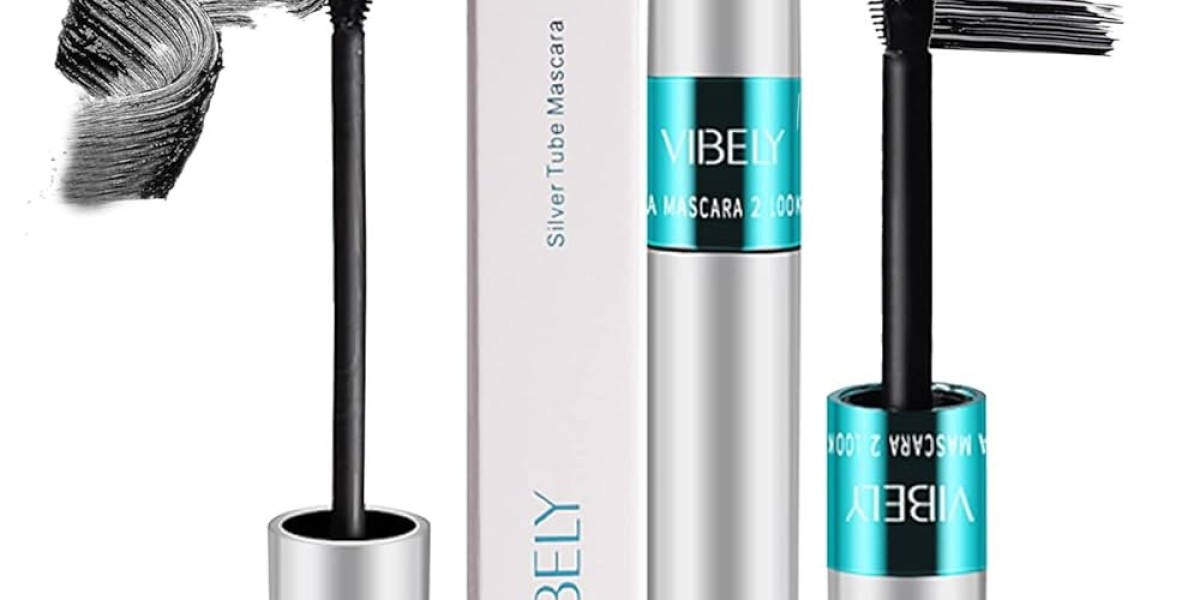In the world of fragrances, few topics cause as much curiosity as EDT vs EDP. Whether you’re a perfume enthusiast or a casual buyer, these terms often appear on bottles without much explanation. What exactly do they mean? And more importantly, which one is right for you?
Understanding the difference between Eau de Toilette (EDT) and Eau de Parfum (EDP) can completely transform how you choose and wear your scent. Add in the growing popularity of perfume oil, and it becomes clear that knowing your fragrance types is essential for finding your perfect match — whether you’re drawn to bold, long-lasting aromas or subtle, everyday scents.
Let’s dive deep into the EDT vs EDP debate and explore how they compare to perfume oils, as well as how to choose the best perfume impressions for your personal style.
Understanding EDT vs EDP: The Basics
Both EDT (Eau de Toilette) and EDP (Eau de Parfum) are types of fragrances, but they differ mainly in concentration, lasting power, and intensity.
Eau de Toilette (EDT):
Contains 5% to 15% perfume concentration.
Typically lasts 3 to 5 hours on the skin.
Has a lighter, fresher scent — ideal for daytime wear or warmer climates.
EDTs are designed to be subtle and refreshing. They are often preferred by men and women who enjoy a light fragrance that isn’t overpowering. Common examples include citrusy, aquatic, and floral notes that give a clean and airy finish.
Eau de Parfum (EDP):
Contains 15% to 25% perfume concentration.
Lasts 6 to 10 hours or even longer, depending on the ingredients.
Has a richer, deeper scent — perfect for evenings or colder weather.
EDPs tend to project more strongly and have more pronounced base notes such as amber, musk, or vanilla. They offer a luxurious experience, with the fragrance evolving beautifully over time.
In short, EDT vs EDP is a choice between lightness and longevity — both serve unique purposes, and many fragrance lovers enjoy owning both types for different occasions.
The Role of Perfume Oils: The Purest Form of Fragrance
While EDT vs EDP are alcohol-based fragrances, perfume oil offers an entirely different experience. Perfume oils contain little to no alcohol, making them highly concentrated, long-lasting, and skin-friendly.
Unlike sprays that evaporate quickly, perfume oils stay close to the skin, slowly releasing their scent throughout the day. They are also perfect for sensitive skin since they don’t cause dryness or irritation.
Here’s how perfume oil compares to EDT and EDP:
| Type | Concentration | Longevity | Projection | Best For |
|---|---|---|---|---|
| EDT | 5–15% | 3–5 hours | Light | Daytime, hot weather |
| EDP | 15–25% | 6–10 hours | Strong | Evenings, cooler weather |
| Perfume Oil | 30–40%+ | 10–15 hours | Moderate | All-day wear, skin-friendly |
As this table shows, perfume oils deliver the most concentrated and enduring fragrance experience. They’re especially popular in regions with warmer climates, such as South Asia and the Middle East, where oil-based perfumes perform beautifully even in heat.
How EDT vs EDP Compare in Scent Development
When wearing a perfume, the fragrance develops in three layers known as perfume notes:
Top Notes: The first impression — light and quick to fade (citrus, herbs).
Middle Notes (Heart Notes): The main body of the fragrance (floral, spicy).
Base Notes: The lasting scent that anchors the perfume (musk, amber, vanilla).
With EDT vs EDP, the main difference lies in how these notes unfold:
EDT emphasizes top and middle notes, giving a burst of freshness that fades faster.
EDP focuses on middle and base notes, offering a richer and more complex dry-down.
If you love crisp, energizing scents, EDT is your go-to. But if you prefer deep, long-lasting fragrances that evolve throughout the day, EDP is the better choice.
Why Perfume Oils Are Rising in Popularity
Over the past few years, perfume oil has gained immense popularity worldwide — and for good reason. As more people discover its longevity and luxury feel, it’s becoming a must-have for fragrance lovers.
Benefits of Perfume Oil:
Long-Lasting: Stays on the skin much longer than traditional sprays.
Economical: A small amount goes a long way.
Skin-Friendly: No alcohol means less irritation and more hydration.
Unique Scent: Blends naturally with your body chemistry, creating a personalized aroma.
Many brands are now creating oil versions of famous fragrances — often known as best perfume impressions — allowing people to enjoy designer-like scents at a fraction of the cost.
The Best Perfume Impressions: Affordable Luxury
Not everyone wants to spend thousands on designer perfumes. That’s where best perfume impressions come in — they are high-quality recreations inspired by luxury brands, offering similar notes and performance at an affordable price.
These perfume oils and EDP versions are crafted using premium ingredients to capture the essence of famous perfumes like Dior Sauvage, Chanel Coco Mademoiselle, or Creed Aventus.
Why Perfume Impressions Are a Great Choice:
Affordable: You get luxury-inspired scents without the designer price tag.
Long-Lasting: Many impressions, especially in perfume oil form, last even longer than originals.
Variety: You can own multiple fragrances for different moods and occasions.
Unisex Options: Many brands offer impression perfume for women and men, suitable for every personality.
In Pakistan and across the Middle East, impression perfumes are becoming a massive trend, with both EDP and perfume oil formats available at reasonable prices. They offer a bridge between quality and affordability, making high-end fragrance experiences accessible to everyone.
Choosing Between EDT, EDP, and Perfume Oil
Here’s a quick guide to help you choose what suits you best:
Choose EDT if you want something light, fresh, and ideal for daytime use. Perfect for work, casual outings, or hot climates.
Choose EDP if you prefer a stronger, longer-lasting scent that feels luxurious. Ideal for evenings, events, or cooler weather.
Choose Perfume Oil if you want the purest, most concentrated form of fragrance that lasts all day and blends beautifully with your skin.
If you’re exploring best perfume impressions, many brands offer the same fragrance in all three forms — EDT, EDP, and perfume oil — allowing you to choose your favorite concentration based on your lifestyle and preference.
Tips for Making Your Fragrance Last Longer
No matter what you choose — EDT vs EDP or perfume oil — how you apply your fragrance makes a big difference. Here are a few expert tips:
Apply to Pulse Points: Wrists, neck, and behind the ears are ideal spots where warmth helps release the scent gradually.
Avoid Rubbing: Let the fragrance dry naturally to preserve its notes.
Layering: Combine matching body lotion or perfume oil with your EDP or EDT to enhance longevity.
Storage: Keep perfumes in a cool, dark place to prevent oxidation and maintain quality.
Conclusion
When it comes to EDT vs EDP, the choice ultimately depends on your personality, environment, and lifestyle. EDT offers freshness and versatility, EDP provides richness and depth, while perfume oil delivers unmatched concentration and luxury.
If you want the best perfume impressions, you don’t need to look far — modern brands offer exceptional EDTs, EDPs, and oils inspired by world-famous fragrances, making it easy to find your signature scent without breaking the bank.
Whether you love the light allure of Eau de Toilette, the bold sophistication of Eau de Parfum, or the lasting elegance of perfume oils, understanding these types ensures that every spritz — or dab — truly defines your style and confidence.







